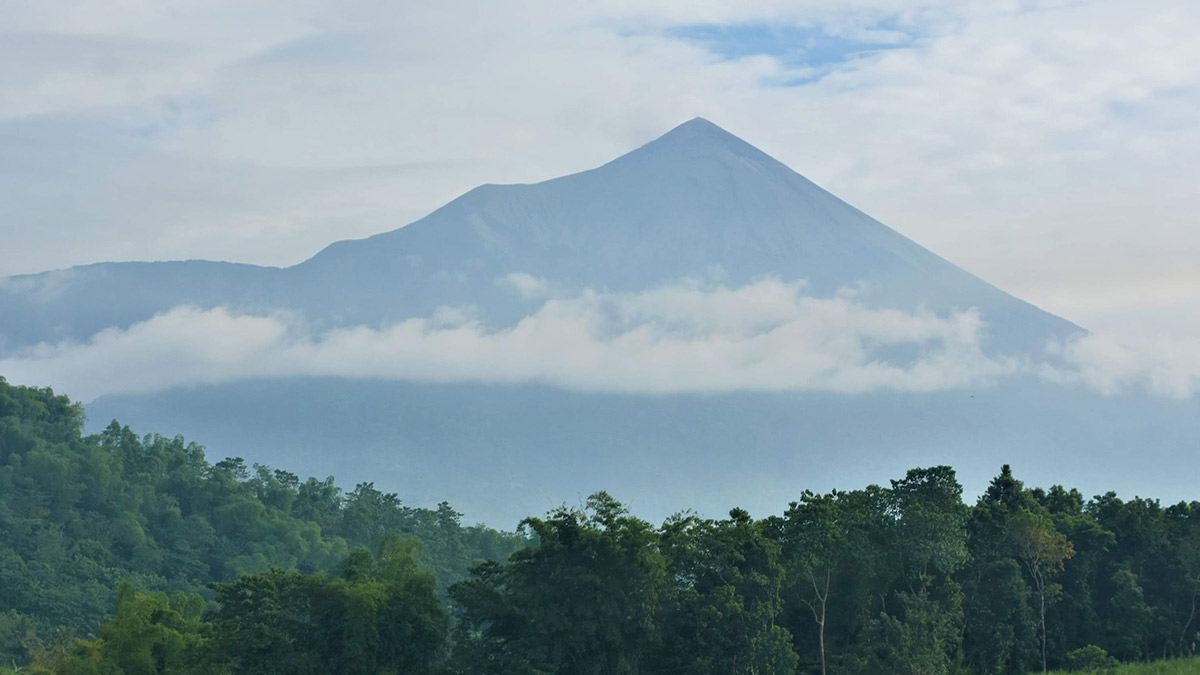
Kanlaon Volcano looks calm in this aerial photo taken in Jun3 2024, but it remains restive and still under alert level 2, the Philippine Institute of Volcanology and Seismology says. —File photo by Richard Malihan | Contributor
MANILA, Philippines — State seismologists reported on Friday “continuous degassing” at the Kanlaon Volcano summit crater.
“The ashing events were observed between 07:20 a.m. and 07:39 a.m. today and lasted nineteen minutes; no detectable seismic or infrasound signals were recorded,” the Philippine Institute of Volcanology and Seismology (Phivolcs) said.
Article continues after this advertisement“The events generated light-gray plumes that rose 800 meters above the crater before drifting northwest-west,” it added.
FEATURED STORIES NEWSINFO Marcos declares Nov. 4 ‘Day of National Mourning’ NEWSINFO LPA seen outside PAR, chance of becoming a typhoon is low NEWSINFO DOJ urged to issue lookout bulletin vs OVP officialsThe degassing came a day after Phivolcs announced an increase in Kanlaon’s seismic activity.
On October 31, a total of 64 tectonic earthquakes were recorded by the Kanlaon Volcano Network.
Article continues after this advertisementAccording to Phivolcs, volcanic-tectonic earthquakes are generated by rock-fracturing processes, and the increase in volcanic-tectonic activity strongly indicates progressive rock-fracturing beneath the volcano as rising magma drives a path towards the surface.
Article continues after this advertisementMeanwhile, in its bulletin issued on Friday, Phivolcs said it logged 84 volcanic earthquakes, 5,866 metric tons of sulfur dioxide emissions, and continuous ground deformation from Kanlaon.
Phivolcs said Alert Level 2 is still in effect over Kanlaon.
Article continues after this advertisementState seismologists previously warned that the recently recorded seismic activity in Kanlaon may lead to eruptive unrest and an increase in the alert level.
“The public is strongly advised to be ready and vigilant and to avoid entry into the four kilometer-radius Permanent Danger Zone to minimize risks from volcanic hazards such as pyroclastic density currents, ballistic projectiles, rockfall, and others,” said Phivolcs.
“In case of ash fall events that may affect communities downwind of Kanlaon’s crater, people should cover their nose and mouth with a damp, clean cloth or dust mask,” it added.
Subscribe to our daily newsletter
